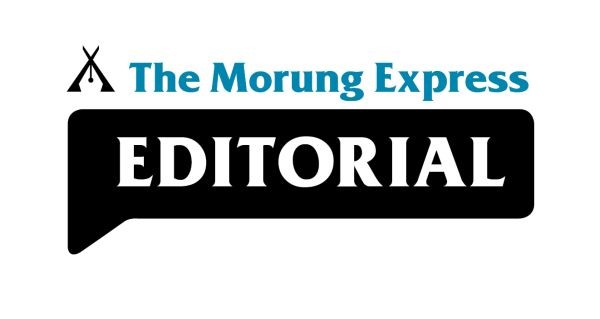
The maiden budget of the newly-formed People’s Democratic Alliance, at least on paper certainly makes for interesting reading. The budget itself was business as usual, but the Chief Minister Neiphiu Rio announced a host of ambitious schemes and initiatives, mostly symbolic, but rare a departure from the previous dispensation.
However, the success of the new initiatives would greatly depend on the changing ‘business as usual syndrome’ and the budget does not have much to offer on that front. Look at the fiscal situation, one cannot help but observe in apprehension the deteriorating fiscal health of the state.
Without announcing any new measures to enhance the state revenue, the Chief Minister presented an estimated gross budget deficit of Rs 1630.67 crore for fiscal 2018-19.
While the current transaction deficit was estimated at Rs 22.94 crore, a negative opening balance of the Rs 1607.73 crore ensured that the current fiscal is estimated to close with the highest gross deficit yet at Rs 1630.67 crore.
Given the circumstances, it is pertinent to ask: Where the money comes from and where it goes?
A detailed scrutiny of the budget’s receipts and expenditure, though an unpleasant exercise, would be highly illustrative.
For instance, on the income side, out of the total Rs. 18,232.51 crore estimated as receipts, the state own revenue was a mere 5% at Rs. 988.01 crores. An additional share of central taxes adds another 21% at Rs. 3777.86 crore.
The rest (74%) collectively is in the form of Central Assistance (Grants and Loans) at Rs 7820.86 crore (43%) and Internal Debt (including Ways and Means Advance from RBI) at Rs 5642.87 crore (31%).
The picture gets grimmer on the expenditure side. Non-developmental expenditure (excluding Servicing of Debt) constitutes 43% of the total expenditure. Adding repayment of debts at 32%, exactly two-thirds (75%) of the total expenditure directly does not add any productive capacity to the state’s economy.
Developmental expenditure, or expenses incurred on activities directly related to economic development, was mere 25% of the total expenditure. Since it includes expenditure on Centrally Sponsored Scheme (CSS), which among others include big-ticket schemes in education, health and rural development, the State’s own developmental expenditure is negligible.
In fact, the Chief Minister informed that out of the total development expenditure of Rs. 4552.36 crore, the CSS is projected at Rs. 3567.36 crore (78.36%) and the state’s own share is Rs. 985 crore (21.63 %). In other words, out of Rs. 18305.40 crore estimated total expenditure, the state is spending only 5.3% or Rs. 985 crore from its own pocket.
Incidentally, as per a Reserve Bank of India (RBI) publication last year, Nagaland State received 92.5% of its financial resources from the centre in 2015-16 and it was financially the neediest state in India.
The Chief Minister did admit that with the size of accumulated deficits, the government has an uphill task of development at hand. He allocated Rs 580 crore “to various departments, for taking up development works, and other welfare schemes such as LADP, CMCF etc.”
Nevertheless, it does not dissuade the government from setting out an ambitious task for the state. But, the changes should first come by bringing the house in order and a business as usual syndrome with the expectation on central largesse will not resuscitate the economy. Rather, it would create more instability and political dependency.
The first step should have started by having a definite economic blueprint for future, not provision of employment opportunities to all those associated with the ruling dispensation.



